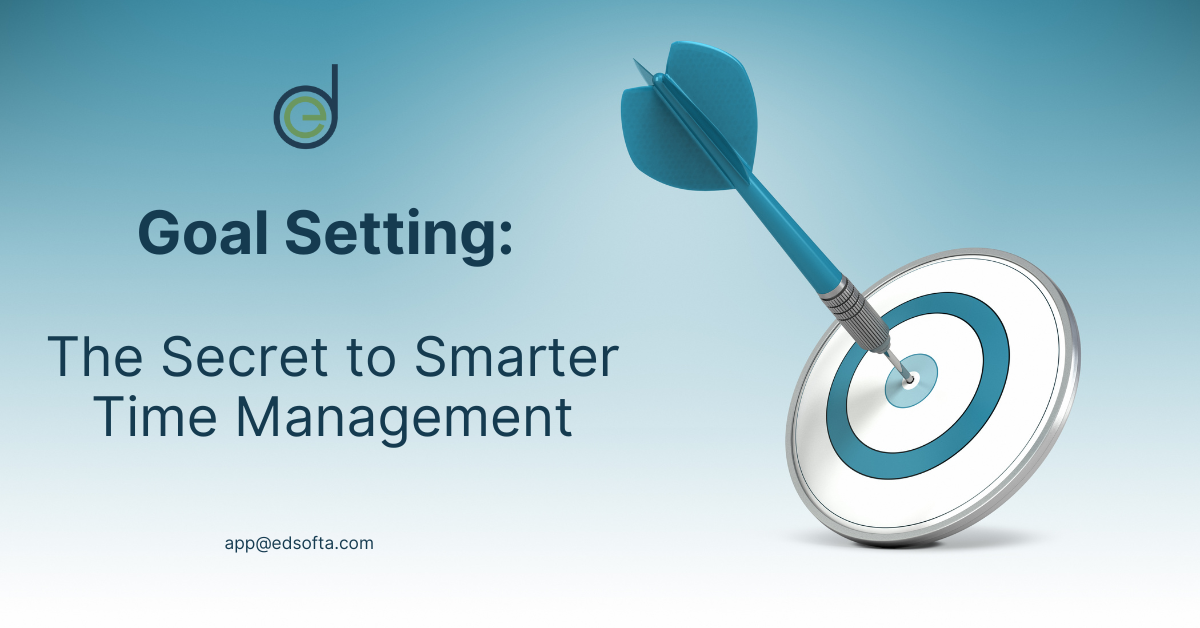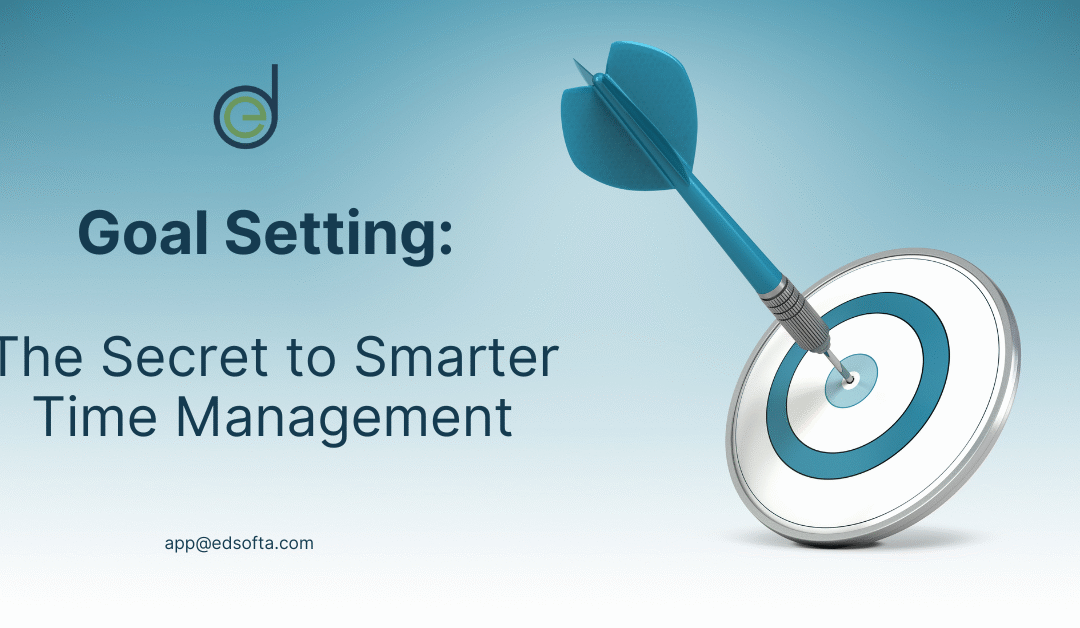Introduction: Why Goal Setting Changes Everything
One of the best gifts you can give your students is the skill of goal setting. When students learn to set goals, big dreams suddenly become less overwhelming. Instead of drifting through school days with no clear purpose, they begin to see how every hour and every effort adds up to something meaningful.
For JAMB students preparing to transition into universities, and even for younger learners, goal setting can make the difference between wasted time and productive growth. By learning how to set, track, and achieve goals, they develop smarter time management, a habit they will carry into adulthood.
So, if you’re a teacher or school owner ready to shape students who use time wisely and achieve more, it’s time to introduce goal setting today.
Why Goals Matter

At its core, goal setting gives direction to how time is used. Without goals, time is easily wasted, slipping away in procrastination, distractions, or activities that lead nowhere.
But with goals in place, students suddenly have a roadmap. They know where their energy should go, which decisions to make, and how to measure progress. For example, instead of saying “I’ll just study when I feel like it,” a student with a goal says, “I will complete three past JAMB questions before lunch today.”
This shift is powerful because it channels their effort into clear outcomes. Goals provide clarity, and clarity fuels confidence.
From Big Dreams to Daily Actions
Many students have dreams—becoming doctors, engineers, entrepreneurs, or artists. However, these dreams often feel too big and far away. That’s where goal setting comes in: it breaks down the “big picture” into practical steps.
Here’s a simple three-step way to guide your students:
- Ask the Big Question:
“By this time next year, what skill or subject do you want to be good at?”
This helps students think long-term and align their studies with a vision. - Break It Into Milestones:
“What can you achieve this month that moves you closer to that big goal?”
For example, if the big dream is to master mathematics, the monthly milestone might be completing algebra practice questions consistently. - Focus on Daily Action:
“What is one action you can take today?”
Even something as small as reviewing one page of notes or writing one essay draft can make a difference.
Over time, these small, consistent actions add up. Students begin to see that big goals are just the result of many small steps taken faithfully.
Practical Classroom Tool: The Goal Journal

One of the most effective ways to help students stay committed is by introducing a goal journal. In this notebook, students can write down their:
- Daily goals
- Monthly goals
- Yearly goals
Every week, guide them to review their progress. Celebrate what’s working and adjust what isn’t. For example, if a student sets a daily goal to revise for 30 minutes but consistently misses it, help them reflect: “Why didn’t it work? How can we make this easier to achieve?”
This process fosters accountability and cultivates resilience, the ability to learn from setbacks and continue moving forward.
Weave Goal Setting Into Your Lessons
Goal setting doesn’t have to be a one-off lesson. It can become part of the learning culture in your classroom or school. For instance:
- Begin each week by asking students to write down one academic goal and one personal goal.
- Dedicate a few minutes at the end of the day to reflect on whether those goals were achieved.
- Encourage group sharing where students discuss their progress and encourage each other.
By normalising goal setting in your teaching, you’re covering your syllabus as well as equipping your students with lifelong skills that go beyond academics.
Better Goals = Better Time Management

When students learn to set and pursue goals, their relationship with time changes completely. Instead of feeling like time is an endless resource, they start to see it as something precious that must be used wisely.
For example, a student without goals may spend hours scrolling on social media after exams. But a student with a clear goal, such as reading two new books this holiday or volunteering at a local library, will use that same time more productively.
And here’s the best part: this kind of smart time management improves academic results. It also nurtures self-discipline, focus, and responsibility, qualities that make them more prepared for life beyond school.
Action Step for School Owners and Teachers
This week, challenge your students to set three types of goals:
- One daily goal (e.g., finish a past question paper).
- One monthly goal (e.g., improve on essay writing skills).
- One yearly goal (e.g., score above 300 in JAMB).
Then guide them to write these goals down, review them regularly, and celebrate their progress.
As a teacher or school owner, you’ll be shaping students academically and training them to manage their time and lives effectively.
Conclusion: The Gift That Lasts
The truth is, academic knowledge alone isn’t enough. What students truly need is the ability to set goals, stay focused, and use their time wisely. By teaching goal setting, you’re giving them more than good grades; you’re giving them tools for success in every area of life.
Try weaving goal setting into your teaching this week, and watch how your students’ time becomes more productive, their actions more purposeful, and their results more rewarding.




